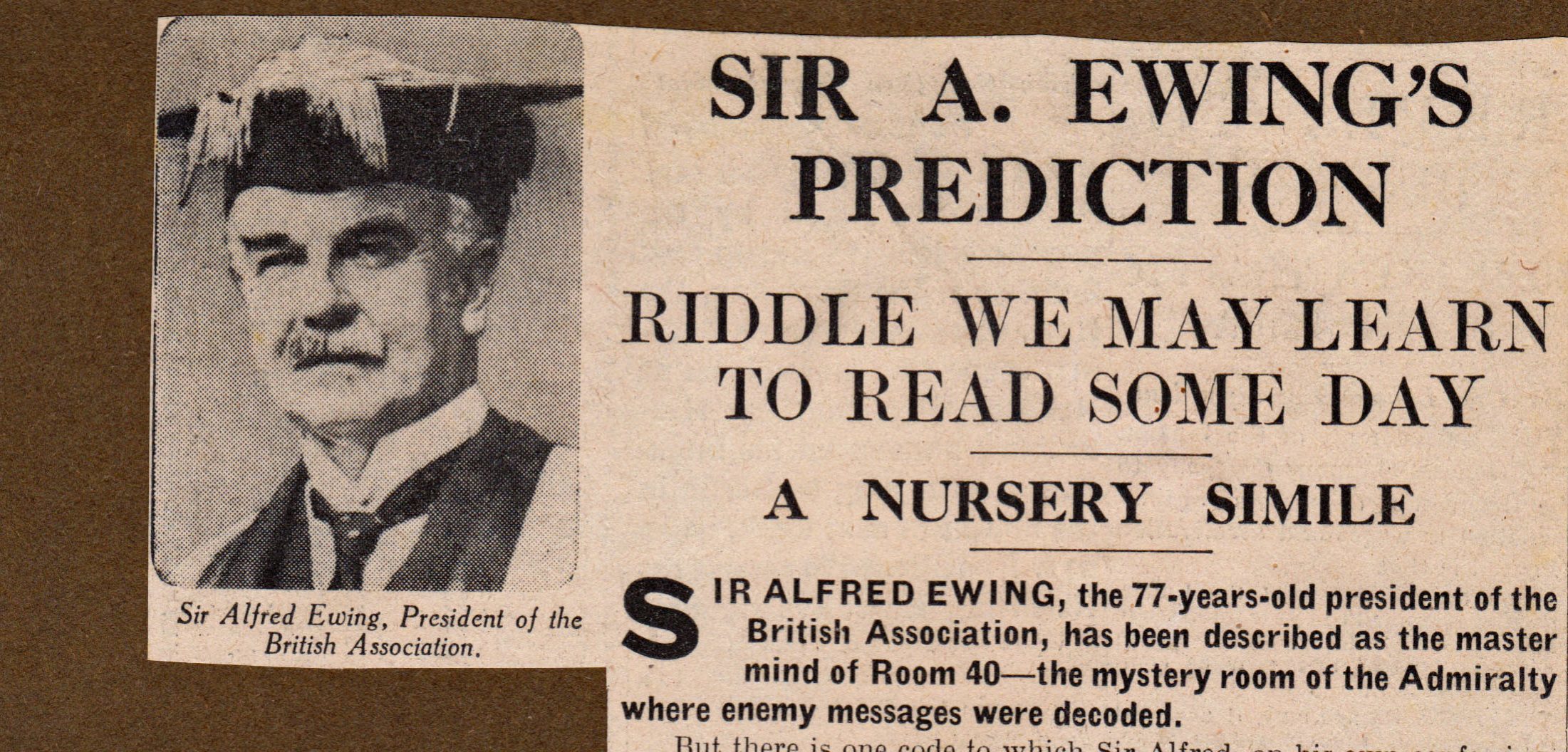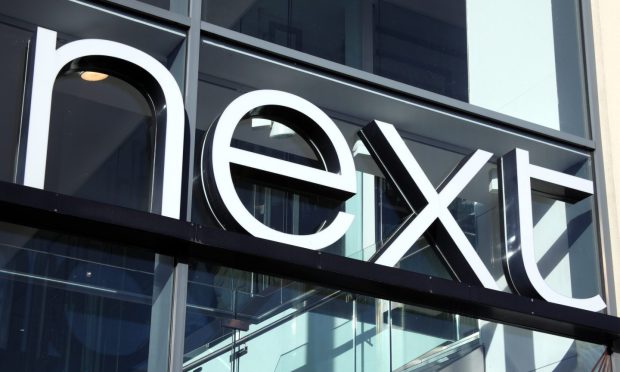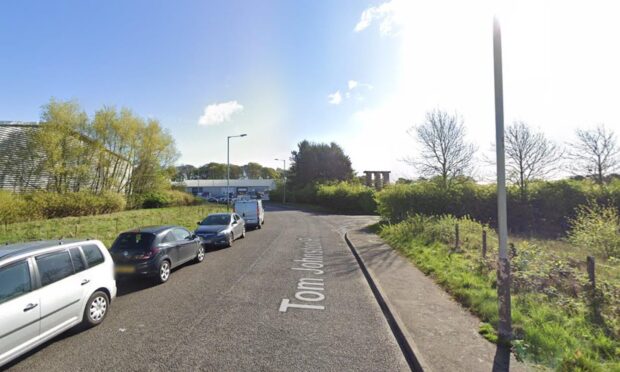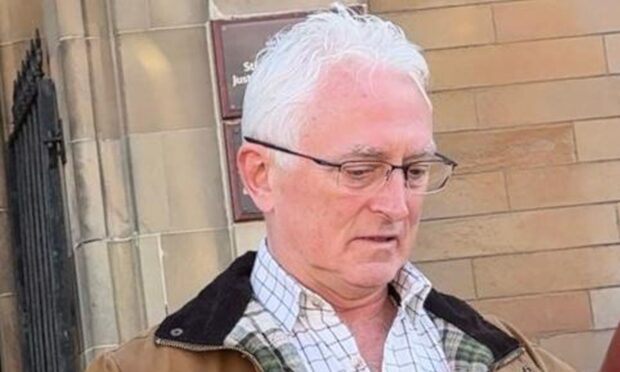His decoding skills helped changed the course of history by influencing the USA’s decision to fight Germany in World War One.
Celebrated Dundee scientist Sir James Alfred Ewing deciphered the fateful Zimmermann telegram 100 years ago this week, leading to an end of the stalemate between the Allies and the central powers.
The telegram was from the German foreign minister Arthur Zimmermann to the German ambassador to Washington, containing instructions to approach the Mexican government with a proposal to form an alliance against the States.
This astonishing deal would involve rewarding Arizona, New Mexico and Texas to Mexico, if the latter were to join the war against the USA.
Up until then, the Allies had been in a deadlock with Germany — a situation that was to end when the USA entered the war after learning of the Zimmermann telegram.
Sir James was commemorated as one of Dundee’s most influential people at the city’s Discovery Walk at the new waterfront earlier this year.
Kelly-Ann Marr, the woman behind the Discovery Walk project, said: “Sir James Ewing really was one of a kind.
“He came from a relatively modest background — he was the son of a minister, yet he went on to be described by Winston Churchill as ‘the most intelligent man’ he’d met.
“He travelled the world and accomplished so much, yet came back to Dundee because he cared about the city.
“When his plaque was unveiled at Slessor Gardens, 40 of his descendants attended, coming here all the way from America and Canada.
“The impact he made really was astonishing”.
Sir James was born in 1855 and was educated at West End Academy and at Dundee High School, before being awarded a scholarship in engineering at Edinburgh University.
He spent time lecturing in Japan and at Cambridge University and in 1883 returned to Dundee to work at the recently established University College Dundee as its first Professor of Engineering.
He was appalled by the conditions he found in the poor areas of the town and worked with local government and industry to improve the city, in particular the sewer systems, as well as to lower the infant mortality rate.
Sir James was later appointed as director of naval education by the Admiralty, which paved the way for his later career in deciphering German messages after the outbreak of World War One.
The Zimmermann telegram had been handed, in code, to the American Embassy in Berlin at 3pm on Tuesday, January 16, 1917.
By that evening, it was passing through another European country and then London before being relayed to the State Department in Washington — from there, it would eventually arrive at the German embassy on January 19 to be sent to Mexico.
However, Britain’s code-breakers, including Sir James, were reading the message two days before the intended recipients.
The telegram was then leaked to the American press, and while not solely responsible for the USA’s decision, it served to change public opinion on the matter.
A month later, America was in the war.










